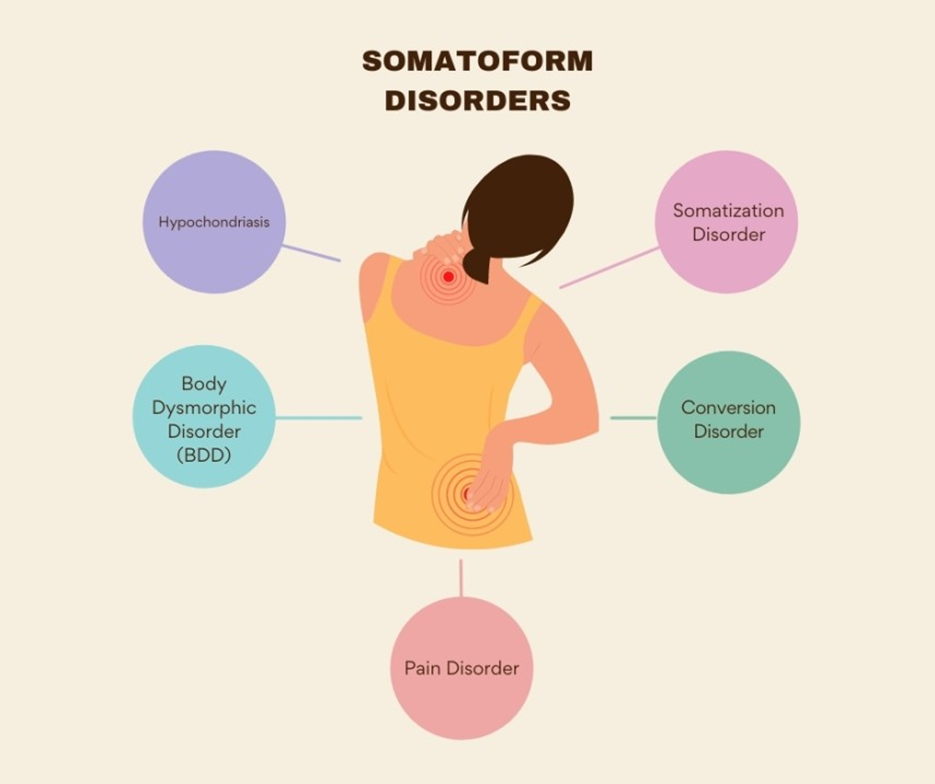A nurse is caring for a client who has schizophrenia. The client is in the dayroom and shouting at other clients, stating, “Do not eat the food here. The staff is poisoning the food!” The nurse should document that the client is experiencing which type of delusion?
Somatic
Persecutory
Erotomanic
Grandiose
The Correct Answer is B
Choice A Reason:
Somatic.
Somatic delusions involve a false belief that there is something physically wrong with one’s body, such as having a serious illness or a physical defect. In this scenario, the client’s belief that the food is poisoned does not relate to their own body but rather to an external threat, making somatic delusions an incorrect classification.
Choice B Reason:
Persecutory.
This is the correct response. Persecutory delusions, also known as paranoid delusions, involve the belief that one is being targeted, harassed, or conspired against. The client’s statement that the staff is poisoning the food reflects a belief that they are being harmed or targeted, which is characteristic of persecutory delusions. These types of delusions are the most common in schizophrenia and often involve themes of being persecuted or plotted against.
Choice C Reason:
Erotomanic.
Erotomanic delusions involve the false belief that another person, often someone of higher status, is in love with the individual. This type of delusion is not relevant to the client’s statement about the food being poisoned, as it does not involve any romantic or affectionate themes.
Choice D Reason:
Grandiose.
Grandiose delusions involve an inflated sense of one’s own importance, power, knowledge, or identity. The client’s belief about the food being poisoned does not reflect an exaggerated sense of self-importance or power, making grandiose delusions an incorrect classification for this scenario.
Nursing Test Bank
Naxlex Comprehensive Predictor Exams
Related Questions
Correct Answer is A
Explanation
Choice A Reason:
The client diagnosed with a somatoform disorder should have any new medical complaint evaluated.
This is the correct response. Clients with somatoform disorders often experience physical symptoms that cannot be fully explained by any underlying medical condition. However, it is crucial to evaluate any new medical complaints to rule out any actual medical conditions that may require treatment. This approach ensures that the client receives comprehensive care and that any potential medical issues are not overlooked.

Choice B Reason:
The client diagnosed with a somatoform disorder can be easily cured with medication.
This statement is incorrect. Somatoform disorders are complex and often require a multifaceted treatment approach, including psychotherapy, behavioral interventions, and sometimes medication to manage associated symptoms like anxiety or depression. There is no simple cure for somatoform disorders, and treatment typically focuses on managing symptoms and improving the client’s quality of life.
Choice C Reason:
The client diagnosed with a somatoform disorder has a real medical diagnosis for their symptoms.
While clients with somatoform disorders experience real and distressing symptoms, these symptoms are not typically linked to a diagnosable medical condition. The symptoms are believed to be related to psychological factors, and the focus of treatment is often on addressing these underlying psychological issues rather than finding a medical diagnosis.
Choice D Reason:
The client diagnosed with a somatoform disorder intentionally pretends to have physical symptoms.
This statement is incorrect. Clients with somatoform disorders do not intentionally fake their symptoms. Their symptoms are real to them and cause significant distress and impairment. The symptoms are not under the client’s conscious control, and they genuinely believe they are experiencing a medical condition.
Correct Answer is D
Explanation
Choice A Reason:
While this response attempts to offer support, it makes an assumption about the mother’s understanding without addressing the client’s feelings directly. Therapeutic communication should focus on validating the client’s emotions and encouraging them to express their thoughts and feelings. This response might not fully acknowledge the client’s distress.
Choice B Reason:
This response normalizes the client’s feelings, which can be helpful, but it does not directly address the client’s specific concern. While it is important to reassure the client that their feelings are common, the response should also validate their individual experience and encourage further discussion.
Choice C Reason:
Encouraging the client to talk to their mother is a proactive suggestion, but it may not be the most therapeutic initial response. The client might not be ready to take that step, and the nurse should first focus on understanding and validating the client’s feelings before suggesting actions. This response could be more appropriate as a follow-up after the client’s feelings have been explored.
Choice D Reason:
This response is the most therapeutic because it uses reflective listening to validate the client’s feelings. By restating what the client has expressed, the nurse shows empathy and encourages the client to explore their emotions further. This technique helps the client feel heard and understood, which is crucial in therapeutic communication.
Whether you are a student looking to ace your exams or a practicing nurse seeking to enhance your expertise , our nursing education contents will empower you with the confidence and competence to make a difference in the lives of patients and become a respected leader in the healthcare field.
Visit Naxlex, invest in your future and unlock endless possibilities with our unparalleled nursing education contents today
Report Wrong Answer on the Current Question
Do you disagree with the answer? If yes, what is your expected answer? Explain.
Kindly be descriptive with the issue you are facing.
